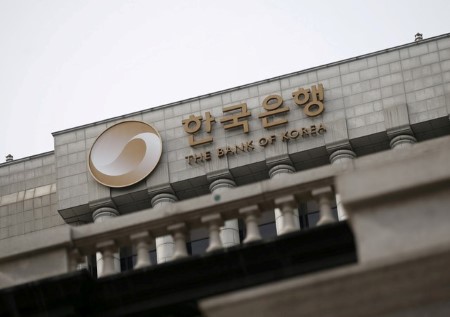




Philippines Trade Update: Exports momentum continues
 DOWNLOAD
DOWNLOAD

Quarterly Economic Growth Release: More BSP cuts to come
 DOWNLOAD
DOWNLOAD

Monthly Economic Update: Fed catches up
 DOWNLOAD
DOWNLOAD


US inflation, China plans spell caution; BOK set to cut

Investors in Asia enter the final trading day of the week with sentiment dented a bit by surprisingly sticky US inflation the day before, and with a sense of caution ahead of keenly-awaited news on China’s stimulus plans from Beijing the following day.
Wall Street only posted mild losses on Thursday, the downside perhaps cushioned by soft weekly jobless claims figures that would suggest the Fed remains on track to cut interest rates a further 50 basis points this year.
Asia will struggle to get much of a steer from Treasuries or the dollar either – the greenback ended flat on Thursday, and yields were mixed across the curve in narrow ranges.
Traders have scaled back their expectations of Fed rate cuts since last week’s stellar US employment report, but are not quite at the point of pricing in a pause in the cycle. Yet that’s what Atlanta Fed president Raphael Bostic floated on Thursday. Could incoming data really lead to a skip soon?
The highlight in Asia’s calendar on Friday is the Bank of Korea’s interest rate decision. Economists expect the BOK to deliver its first interest rate cut since the pandemic, kicking off the easing cycle with a 25 basis point cut to 3.25%.
All but three of the 37 economists in a Reuters poll expect that from the BOK, and the rest said they expect no change. Analysts generally expect the BOK to move more slowly than its regional peers in the coming months.
Inflation eased rapidly to 1.6% in September from 2% in August, the lowest since early 2021 and below the BOK’s 2% target, but household debt and property prices are high.
Indian trade data, industrial output figures from Malaysia and New Zealand’s manufacturing purchasing managers index for September make up the rest of the region’s calendar on Friday.
New Zealand’s manufacturing activity has been shrinking every month since March last year, the PMIs show, although the pace of contraction has slowed sharply the last two months.
This release comes days after the country’s central bank cut interest rates by half a percentage point and signaled that further easing will follow.
Looking ahead to Saturday, all eyes will be on Beijing, where China’s finance ministry will detail plans on fiscal stimulus to boost the economy. It is unclear whether this means fresh fiscal steps to revive growth will be taken, or that the package of measures announced recently will be explained in greater detail.
Hope, if not expectation, is building that it’s the former. If it’s the latter, investors are likely to be disappointed and there’s a good chance that the stunning rally in Chinese stocks over the last two weeks reverses on Monday, perhaps significantly.
Here are key developments that could provide more direction to markets on Friday:
– South Korea interest rate decision
– India trade (September)
– New Zealand manufacturing PMI (September)
(Reporting by Jamie McGeever, Editing by Deepa Babington)
This article originally appeared on reuters.com





 By Reuters
By Reuters